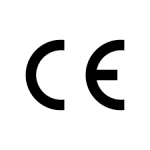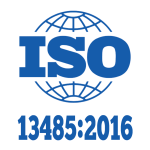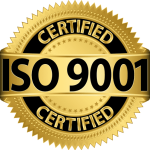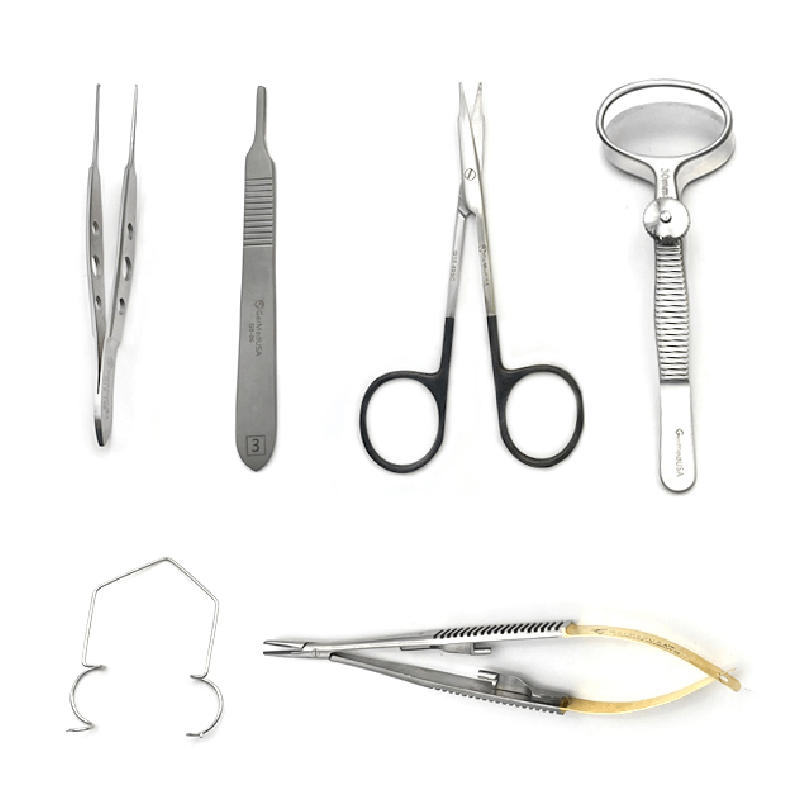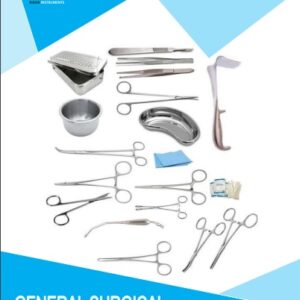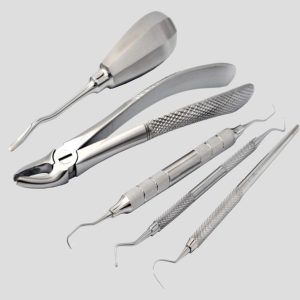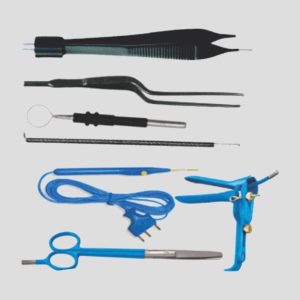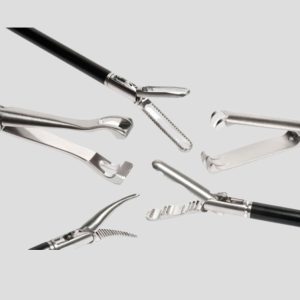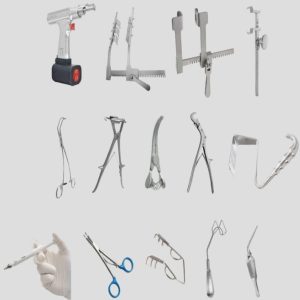Ophthalmic surgery has evolved significantly over the years, combining advanced technology with skilled craftsmanship to enhance the safety and effectiveness of eye procedures. Central to this evolution are the surgical tools and instruments used by ophthalmologists. This blog aims to provide an engaging overview of ophthalmic surgical tools, their functions, and the role they play in various eye surgeries.
The Importance of Ophthalmic Surgical Tools
Ophthalmic surgical instruments are made especially for operations involving the eye and related structures. These tools help doctors to precisely execute delicate surgeries, therefore guaranteeing patient comfort and safety. From corneal transplants to cataract operations, effective results depend on appropriate instruments.
Different Categories of Ophthalmic Surgical Equipment’s
Ophthalmic surgery instruments can be found into distinct categories on the basis of their functions, each serving a critical role in eye care and surgery. Here’s an overview of the primary groups:
- Diagnostic Instruments
Before every surgical operation, ophthalmologists can evaluate eye condition completely thanks to diagnostic tools. This will enable them to understand the actual issue happening in the eyes for a better accurate treatment procedure.
- Ophthalmoscopes: Examining the retina and optic nerve, ophthalmoscopes aid in the diagnosis of retinal and optic diseases.
- Slit Lamps: These microscopes enable thorough study of the lens, iris, and cornea of the anterior eye.
- Visual Field Test Equipment: Crucially important for diagnosing diseases like glaucoma, it helps find blind patches in a patient’s vision.
- Surgical Instruments
Fundamental to ophthalmic surgeries, surgical tools are suitable to enable exact incisions and tissue manipulation. These tools are best to use to add precision in complex eye treatments.
- Scalpels and Knives: For exact incision available in cataract operations, specialist blades like as the crescent knife are routinely use upon.
- Forceps: Different forceps, including corneal and iris kinds, permit precise handling and manipulation of eye tissues.
- Scissors: Particularly helpful in operations involving the conjunctia and sclera, these are available in several sizes and available for exact cutting.
- Needles: Available in sizes fit for many kinds of operations, ophthalmic needles are made to reduce trauma during suturing.
Intraocular Instruments
Instruments in this category are utilised within the eye itself and demand great accuracy.
- Phacoemulsification Probes: These probes break apart cataracts using ultrasonic waves. Thus, a crucial phase in cataract operations is aspiration of the resulting fragments.
- Vitrectomy Instruments: Common in retinal procedures, vitrectomy instruments are used to extract the vitreous gel in order to cure retinal diseases.
- IOL Injectors: After cataract removal, IOL Injectors are used to implant intraocular lenses (IOLs). This ensures correct implantation and reducing eye stress.
- Retinal Instruments
Retinal surgery is all about specialized tools helpful for managing any sort of conditions affecting the retina.
- Retinal Forceps: Important for understanding and working with retinal tissue during operations including retinal detachment repairs.
- Endolaser Probes: Provide laser energy for photocoagulation, therefore sealing retinal tears during surgery.
- Bipolar Forceps: Used for controlled cauterisation, bipolar forceps help halt bleeding in sensitive regions.
- Surgical Aids
Beyond primary instruments, these help to enhance precision and clarity during surgery.
- Microscopes: Surgical microscopes offer magnification and illumination for intricate procedures.
- Endoscopes: In complex cases, endoscopes provide internal visualization for added precision.
- Suction Devices: Such devices are helpful for removing any excess of fluid and debris around the eye field.
With specialised tools for every stage of diagnosis, surgery, and postoperative care, each of these categories is absolutely essential in allowing ophthalmologists to execute delicate and exact operations.
The Evolution of Ophthalmic Surgical Items
The launch of ophthalmic surgery devices was led by technological developments. But the earliest instruments were quite simple and recent innovations have given rise to very specialized devices specifically designed for performing surgery on a tiny eyeball.
- Introduction of Minimally Invasive Techniques
The improvements in traditional technology have prompted the development of new technologies and techniques called minimally invasive surgery (MIS) to replace or supplement many types of conventional procedures. This has led to shorter recovery times and the decreased risk of any complications.
- Integration of Technology
The tools used in modern ophthalmic surgery are frequently powered by the latest technology. With the assistance of digital imaging systems, surgeons can observe the eye in real time for increased surgical accuracy (figure).
- Customization and Ergonomics
Current surgical tools are developed around the preferences of the surgeon. The customizable nature ensures improved grip and thus reducing the rate of fatigue felt over long practices.
Although surgical instrument quality is crucial, surgeon expertise is just as vital. Mastery of these instruments results from much of instruction and experience. Years of skill development allow ophthalmologists to not only master proper equipment use but also grasp the nuances of eye anatomy and pathology. Ophthalmic surgical instruments will probably develop in line with technological change. Some of the present difficulties in the sector are:
- Advanced instruments can be costly; hence availability becomes a question in some areas.
- Patient safety depends on all surgeons being sufficiently qualified to employ the most modern instruments.
What Kind of Future Innovations Will Take Place?
Looking forward, numerous developments could influence ophthalmic surgical instruments:
- Robotics: Incorporation of robotic technologies could improve control and accuracy during challenging surgeries.
- Artificial Intelligence: Artificial intelligence might help with diagnosis and even direct surgical operations, hence enhancing results.
- Biomaterials: New implants and prostheses more biocompatible and lasting could result from developments in biomaterials.
Conclusion
In the field of eye surgery, ophthalmic instruments are vital since they let ophthalmologists carry complex operations with accuracy and care. Knowing these instruments, their development, and their part in contemporary surgery emphasises the amazing progress in ocular treatment. There is a huge possibility for even more creative tools and techniques that will improve patient outcomes and redefine what is feasible in eye care. Thus, ocular surgery looks bright as technology develops. Whether you are a student, a medical practitioner, or just someone curious about ophthalmology, a better knowledge of these surgical instruments is vital. This shows the art and science of eye surgery and its continuous development.

